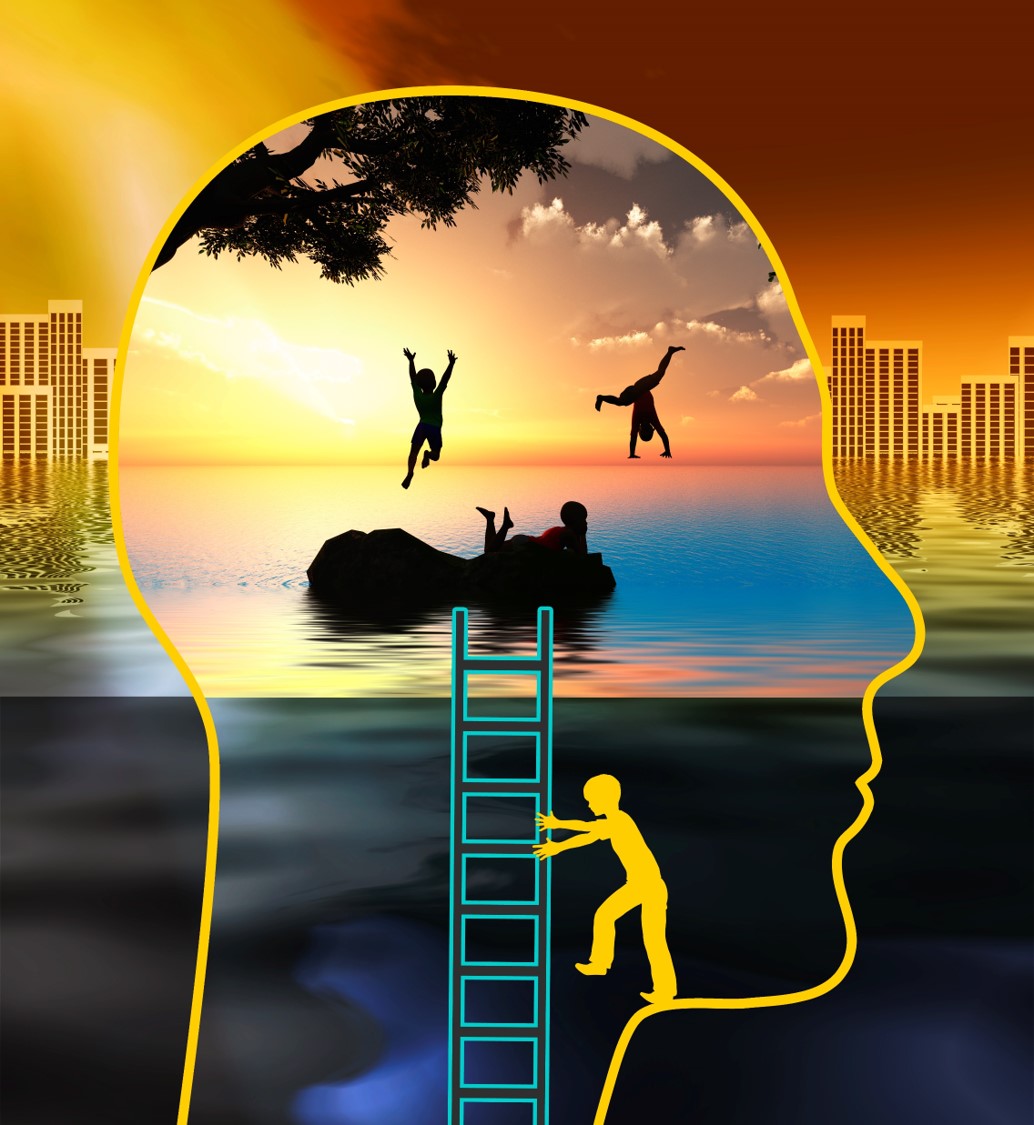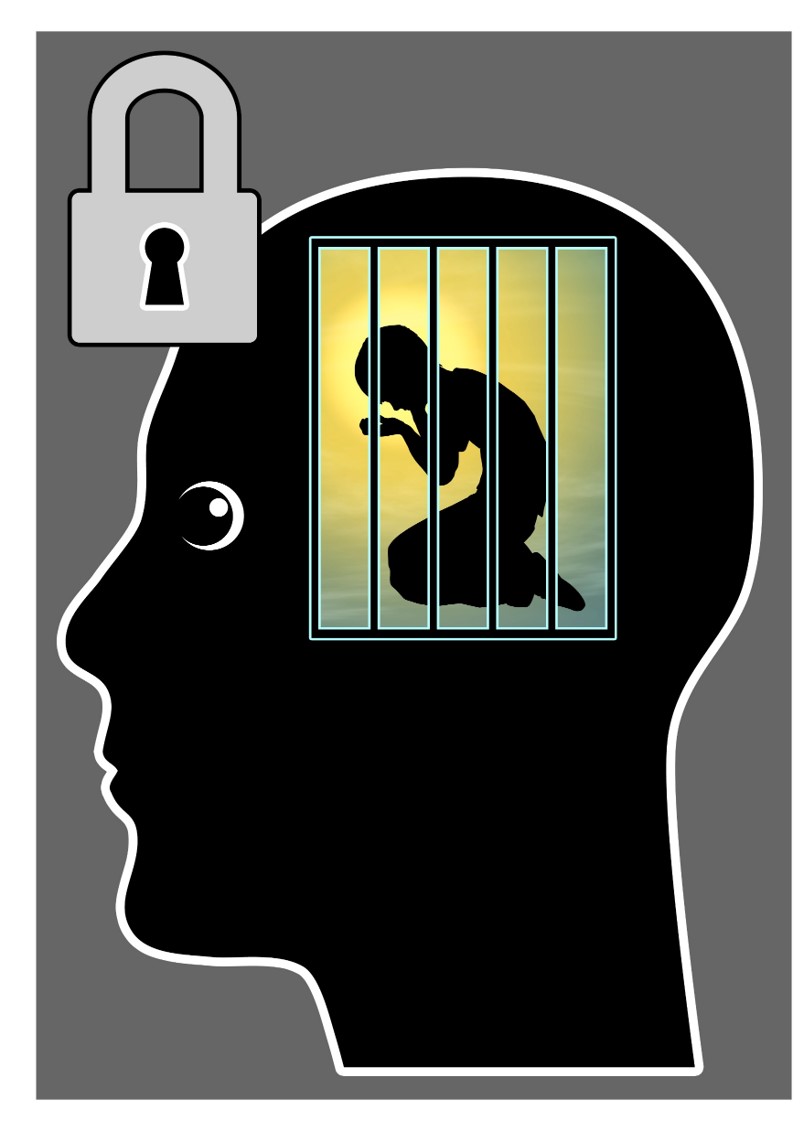Schema Therapy
By Carol Goh | Published on 13 June 2021

(Source: yayimages.com)
Schema therapy was developed by Jeffrey Young et al. for treatment of complex disorder such as bipolar, and personality disorders and PTSD. It is an experiential therapy that goes beyond just talk therapy. It involves exercises and visualisations and having dialogues with various parties concerned to seek closure and healing of the inner hurts.
The beauty of schema therapy is that all the activities are done in the session without real and face-to-face connection with the various parties involved. Being experiential, this therapy is highly sought after when patients fail to respond or suffer relapse after going through other traditional talk therapies.
According to Young, et al. (2003), those unmet core emotional needs in childhood will result in schemas. The 5 core emotional needs for human beings are:
1. Secure attachments to others (includes safety, stability, nurturance, and acceptance)
2. Autonomy, competence and sense of identity
3. Freedom to express valid needs and emotions
4. Spontaneity and play
5. Realistic limits and self-controlWhen these needs are not met, we will develop schemas and maladaptive copying styles resulting in negative beliefs about ourselves such as:
- “I’m a failure”
- “I’ll never succeed in life”
- “I’m never good enough”
- “I will be forever miserable in life”
- “I can never be like my friends”
- “I’m unworthy”
- “No one will like me”
- “I’m super unattractive”

(Source: yayimages.com)
5 broad categories of unmet needs
Schema domains consist of five broad categories of unmet needs. These are further split into 18 early maladaptive schemas (Young, et al., 2003):
1. Disconnection/Rejection includes 5 schemas:
- Abandonment/Instability
- Mistrust/Abuse
- Emotional Deprivation
- Defectiveness/Shame
- Social Isolation/Alienation
2. Impaired Autonomy and/or performance includes 4 schemas:
- Dependence/Incompetence
- Vulnerability to Harm or Illness
- Enmeshment/Undeveloped Self
- Failure
3. Impaired Limits include 2 schemas:
- Entitlement/Grandiosity
- Insufficient Self-Control and/or Self-Discipline
4. Other-Directedness includes 3 schemas:
- Subjugation
- Self-Sacrifice
- Approval-Seeking/Recognition-Seeking
5. Over-vigilance/Inhibition includes 4 schemas:
- Negativity/Pessimism
- Emotional Inhibition
- Unrelenting Standards/Hyper-criticalness
- Punitiveness
How does schema develop?
The most constructive way is to view adult clients with traumatic childhood as vulnerable children. All adults have an inner child within them. They may be an adult chronologically, but psychologically they may be an abandoned child searching for love. They may yearn for unconditional love, comfort, support, a shoulder to cry on, or a listening ear.
"All adults have an inner child within them. They may be an adult chronologically, but psychologically they may be an abandoned child searching for love."
Their behaviour is not seen as pleasing because they are “desperate”, not because they are bad. It is their inner child crying for understanding and help. What they are doing as any young children is absolutely legitimate which is their need and right to ask for love and protection. Within them, there is this deep sense of abandonment and rejection unknown to the outside world.

(Source: yayimages.com)
Often, they have no one to turn to except, ironically, the very people who were hurting them. This inevitably causes them to get hurt. This cycle can repeat itself with no end in sight. In their life, they lack healthy supporters whom they can feel safe with and able to run to them for support in all ways.
PTSD can be treated with schema therapy
Over time, the schema accumulates and germinates as the child grows to be an adult. The adverse childhood experience now becomes post-traumatic stress disorder (PTSD) which can be triggered by the slightest current encounters. The past experiences are now embedded deeply in the subconscious and will rear its head when it is being triggered. Often, this happens without the person realising.
Hence, when things go wrong emotionally, there might be chunks of childhood residing in the subconscious and this must be worked on. This is when schema therapy can be utilised to unlock the secret to our current undesirable behaviour. Using schema therapy, we can find the link to our childhood experiences and bring them to the current for closure and healing.
Treating borderline personality disorder and bipolar disorder with schema therapy
According to a research study by Chakhssi, et al. (2014), it found that the application of a 3-year posttreatment using schema therapy enables a patient with borderline personality disorder to live independently outside of the forensic institution without judicial supervision and without any re-offending incidence. The study concluded that schema therapy can be an effective psychotherapeutic treatment for psychopathic patients.
Types of traumas that schema therapy is used on effectively
- Abandonment (mainly by parents)
- Rejection (by friends, loved one)
- Humiliation / shame (teased on physique, performance, etc…)
- Victim of bullies/cyberbullies (isolation, name calling, teasing)
- Not meeting up to parental expectations (feeling ‘I’m a failure’ or ‘I am not good enough’)
- Abuse (physical, emotional, sexual)
Goals of schema therapy
The primary goal in schema therapy is empowering clients to express their emotions experientially and stand up for their rights with the offending party during the therapy sessions. During therapy, clients will relive the past hurts and the therapist will join in the childhood images to address the situation to right the wrong by speaking up for the clients. By giving the clients a voice, the clients will feel empowered that they are no longer the silent victim at the aggressor’s mercy.
"The primary goal in schema therapy is empowering clients to express their emotions experientially and stand up for their rights with the offending party during the therapy sessions."
According to Young, et al. (2003), anger can provide the strength to fight the schema. Clients will feel victorious that they can bring justice to light. The schema represents a world gone wrong, and speaking up with righteous anger sets the world right again.
In this way, the clients will feel protected, comforted, nurtured, and affirmed. The clients will regard the world is finally a safe place to live in. They will no longer felt trapped that they are marginalised and have no support. Their confidence in themselves and people around them will increase and this paves the way for connecting healthily emotionally with people.

(Source: yayimages.com)
In summary, schema-focused therapy has shown significant results in assisting people who have lived with their negative ("maladaptive") beliefs for a long time, when other methods and efforts they have tried before have been largely unsuccessful.
References
Ball, J. R., Mitchell, P. B., Malhi, G. S., Skillecorn, A., & Smith, M. (2003). Schema-focused cognitive therapy for bipolar disorder: reducing vulnerability to relapse through attitudinal change. Australian and New Zealand Journal of Psychiatry, 37(1), 41-48. Retrieved 9 24, 2020, from https://journals.sagepub.com/doi/abs/10.1046/j.1440-1614.2003.01098.x
Chakhssi, F., Kersten, T., de Ruiter, C., & Bernstein, D. P. (2014). Treating the untreatable: a single case study of a psychopathic inpatient treated with schema therapy. Psychotherapy (Chicago, Ill.), 51(3), 447–461. https://doi.org/10.1037/a0035773
Young, J., Klosko, J.S., & Weishaar, M.E. (2003). Schema Therapy: A Practitioner's Guide.
Young J. (2006). Schema Therapy. NY, US: The Guilford Press.The information, including but not limited to, text, graphics, images and other material contained on this article are for informational purposes only. No material on this site is intended to be a substitute for professional medical advice, diagnosis or treatment.
